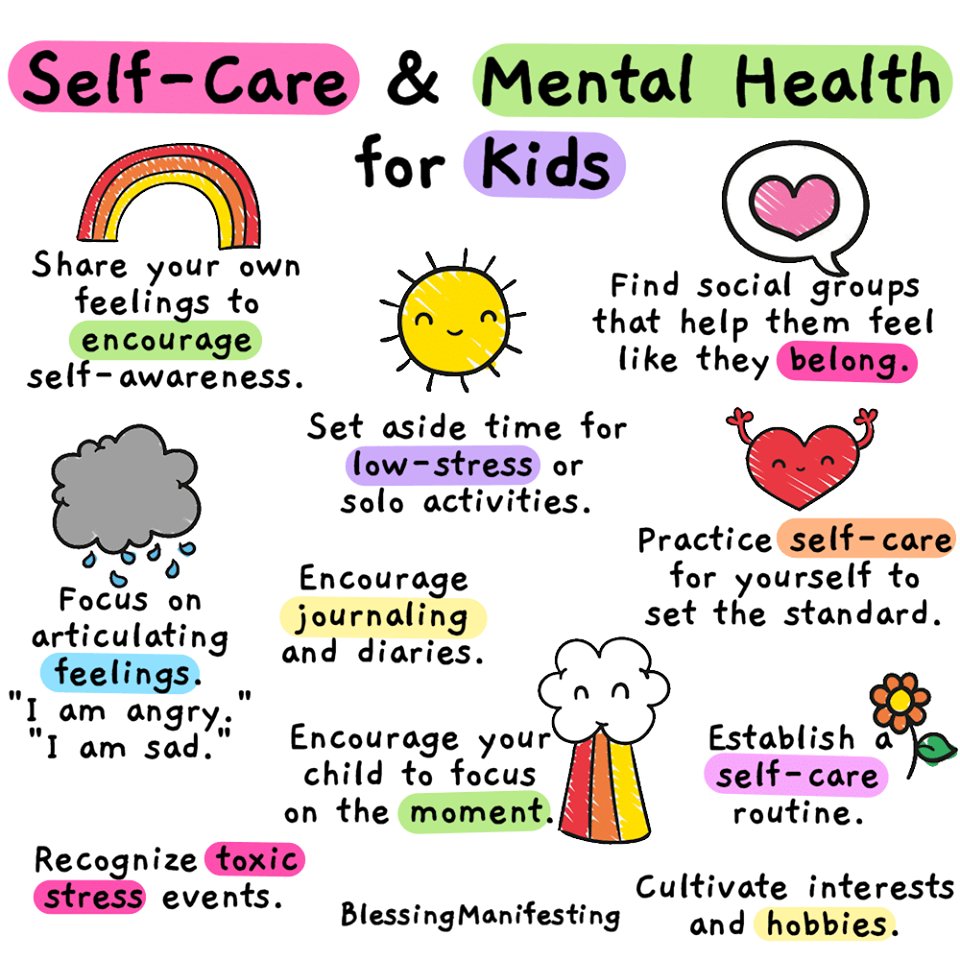While fewer children and youth have been sick with COVID-19 compared to adults, the COVID-19 pandemic has still had a major impact on their lives. Though typically resilient to everyday stressors, children and youth are dealing with new challenges due to COVID-19, like social distancing, changes to their routines, and a lost sense of security and safety, making them especially vulnerable to feeling stressed, anxious, or depressed.
Anxiety
When children do not outgrow the fears and worries that are typical in young children, or when there are so many fears and worries that they interfere with school, home, or play activities, the child may be diagnosed with an anxiety disorder. Examples of different types of anxiety disorders include
- Being very afraid when away from parents (separation anxiety)
- Having extreme fear about a specific thing or situation, such as dogs, insects, or going to the doctor (phobias)
- Being very afraid of school and other places where there are people (social anxiety)
- Being very worried about the future and about bad things happening (general anxiety)
- Having repeated episodes of sudden, unexpected, intense fear that come with symptoms like heart pounding, having trouble breathing, or feeling dizzy, shaky, or sweaty (panic disorder)
Anxiety may present as fear or worry, but can also make children irritable and angry. Anxiety symptoms can also include trouble sleeping, as well as physical symptoms like fatigue, headaches, or stomachaches. Some anxious children keep their worries to themselves and, thus, the symptoms can be missed.
Depression
Occasionally being sad or feeling hopeless is a part of every child’s life. However, some children feel sad or uninterested in things that they used to enjoy, or feel helpless or hopeless in situations they are able to change. When children feel persistent sadness and hopelessness, they may be diagnosed with depression.
Examples of behaviors often seen in children with depression include
- Feeling sad, hopeless, or irritable a lot of the time
- Not wanting to do, or enjoy doing, fun things
- Showing changes in eating patterns – eating a lot more or a lot less than usual
- Showing changes in sleep patterns – sleeping a lot more or a lot less than normal
- Showing changes in energy – being tired and sluggish or tense and restless a lot of the time
- Having a hard time paying attention
- Feeling worthless, useless, or guilty
- Showing self-injury and self-destructive behavior
Extreme depression can lead a child to think about suicide or plan for suicide. For youth ages 10-24 years, suicide is among the leading causes of death.
Some children may not talk about their helpless and hopeless thoughts, and may not appear sad. Depression might also cause a child to make trouble or act unmotivated, causing others not to notice that the child is depressed, or to incorrectly label the child as a trouble-maker or lazy.
 Treatment for Anxiety and Depression
Treatment for Anxiety and Depression
The first step to treatment is to talk with a healthcare provider, such as your child’s primary care provider or a mental health specialist, about getting an evaluation. Some of the signs and symptoms of anxiety or depression in children could be caused by other conditions, such as trauma. A mental health professional can develop a therapy plan that works best for the child and family. Behavior therapy includes child therapy, family therapy, or a combination of both. For very young children, involving parents in treatment is key; the school can also be included in the treatment plan. Consultation with a healthcare provider can help determine if medication should be part of the treatment.
Managing Symptoms: Staying Healthy
Being healthy is important for all children, and can be especially important for children with depression or anxiety. In addition to getting the right treatment, leading a healthy lifestyle can play a role in managing symptoms of depression or anxiety. Here are some healthy behaviors that may help:
- Having a healthy eating plan centered on fruits, vegetables, whole grains, legumes (beans, peas, and lentils), lean protein sources, and nuts and seeds
- Participating inphysical activityeach day based on age
- Getting the recommended amount of sleep each night based on age
- Practicing mindfulness or relaxation techniques



